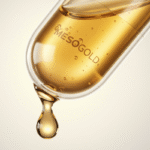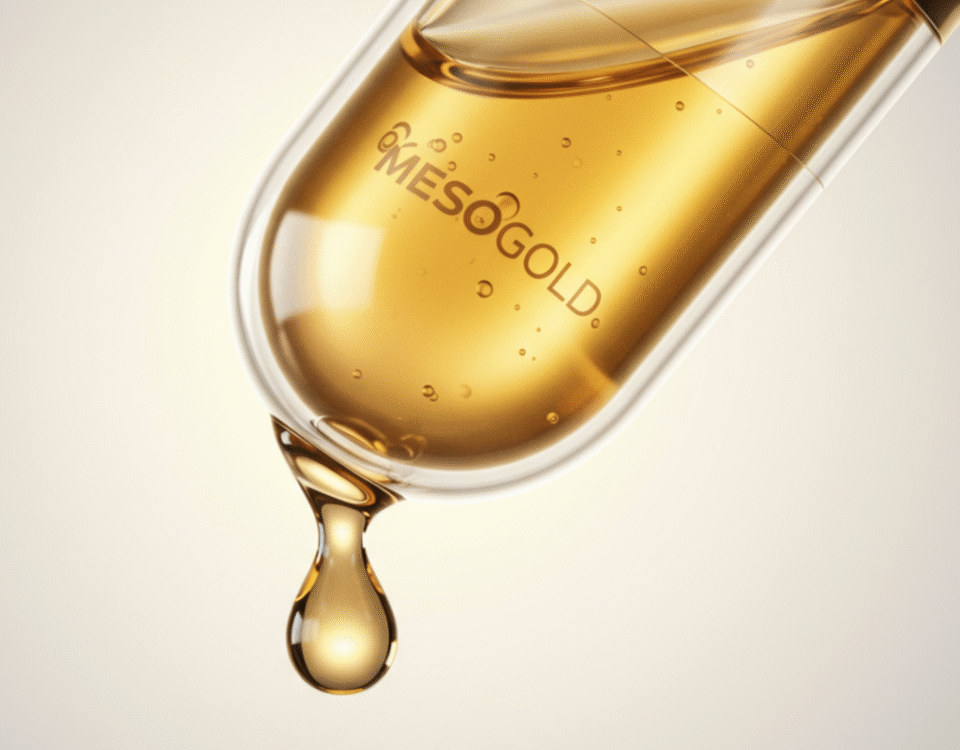
Discover Mesogold with PRP: Advanced Skin Solutions in Vancouver
October 14, 2025Why Mood and Energy Matter for Your Well-Being
Our mood and energy levels are more than fleeting feelings—they are crucial pillars of our overall well-being. When we experience a stable, positive mood and consistent energy, we’re better equipped to handle daily challenges, make decisions, and engage meaningfully with others. These two elements form the backbone of not just our mental and emotional health, but also our physical health.
Low mood and persistent fatigue can have a domino effect. They may decrease your motivation, impair concentration, and even contribute to chronic health issues such as high blood pressure, weakened immune response, or sleep disturbances. On the other hand, feeling energized and emotionally balanced elevates your productivity, boosts your resilience against stress, and enhances your social relationships.
Furthermore, mood and energy are not isolated experiences—they influence each other. When you’re tired, you’re more likely to feel irritable or down. When your mood is low, you may find it hard to muster the energy for even simple activities. By improving both, you lay the groundwork for a healthier, happier, and more vibrant life. Investing in your mood and energy isn’t a luxury; it’s a necessity for optimal well-being.
The Role of Lifestyle Choices in Mental and Physical Health
The choices we make every day shape our mental and physical health more than we often realize. Habits such as how much sleep you get, what you eat, your activity level, and how you manage stress are powerful determinants of your mood and energy. For example, poor sleep can leave you feeling sluggish and irritable, while chronic stress may drain your mental reserves and dampen your outlook.
Conversely, developing healthy routines—like prioritizing restful sleep, eating nutrient-dense foods, and practicing mindfulness—can help restore equilibrium to both body and mind. Even small changes, like taking brief walks during the day or practicing deep breathing, can create positive shifts over time. These daily decisions accumulate, reinforcing either positive or negative patterns in your overall well-being.
It’s also important to recognize that unhealthy habits are not set in stone. With intention and consistency, you can reverse many adverse effects by adopting proactive self-care strategies. In doing so, you empower yourself to take charge of your emotional and physical vitality. Ultimately, your lifestyle choices form the foundation upon which enduring mood stability and sustained energy are built.
Move Your Way to Happiness: Exercise and Neurotransmitters Explained
Physical activity is one of the most effective strategies for improving both mood and energy, thanks to its profound impact on brain chemistry. When you engage in exercise—whether it’s a brisk walk, a cycling session, or a dance class—your body releases a cascade of neurotransmitters that influence how you feel.
Endorphins are often referred to as the body’s natural painkillers. They help alleviate discomfort and produce feelings of euphoria, a phenomenon commonly dubbed the “runner’s high.” This mood boost can linger well after your workout ends, contributing to a greater sense of well-being.
Dopamine, another key neurotransmitter, is linked with motivation, pleasure, and focus. Exercise increases dopamine levels, making it easier to tackle tasks and experience enjoyment in everyday activities. Meanwhile, serotonin helps regulate mood and anxiety; higher levels are associated with feelings of calm and contentment.
Incorporating regular movement into your routine doesn’t require marathon training—simple activities like yoga, swimming, or even stretching can yield significant benefits. Ultimately, exercise is a natural and accessible way to fortify both your mental and physical health, enhancing your mood and providing a sustainable energy boost.
Eat for Energy: Foods That Support Brain Health and Vitality
What you eat profoundly affects how you feel, both mentally and physically. Nutrient-rich foods provide the building blocks your brain needs to produce neurotransmitters—those vital chemicals that regulate mood, motivation, and energy. By making mindful choices about what you consume, you can fuel your body and mind more effectively.
Complex carbohydrates, such as whole grains and legumes, supply a steady stream of glucose to the brain, which helps maintain consistent energy levels and mental clarity. Healthy fats, especially omega-3 fatty acids found in salmon, walnuts, and flaxseeds, are essential for brain cell structure and communication. Lean proteins provide amino acids needed for neurotransmitter synthesis, supporting focus and emotional balance.
Certain micronutrients, including B vitamins, magnesium, and vitamin D, are also crucial. These nutrients play a direct role in energy metabolism and mood regulation. On the flip side, diets high in processed foods and added sugars can cause erratic spikes and crashes in energy, contributing to mood swings and fatigue.
By prioritizing fresh, whole foods—fruits, vegetables, nuts, seeds, and lean proteins—you lay the groundwork for both immediate and lasting improvements in mood and vitality. In essence, every meal is an opportunity to nourish not just your body, but also your emotional well-being.
Innovative Approaches: Exploring NAD+ IV Therapy and Cryotherapy
Beyond traditional lifestyle adjustments, innovative therapies are gaining attention for their potential to enhance mood and energy. Two such approaches—NAD+ IV Therapy and cryotherapy—are at the forefront of this movement, offering science-backed benefits for those seeking additional support.
NAD+ IV Therapy involves delivering nicotinamide adenine dinucleotide (NAD+) directly into the bloodstream. NAD+ is a coenzyme critical for cellular energy production and repair. By increasing NAD+ levels, this therapy may help improve mental clarity, focus, and overall vitality, especially in those experiencing chronic fatigue or age-related energy decline.
Cryotherapy, on the other hand, involves exposing the body to extremely cold temperatures for a short period. This process is believed to reduce inflammation, stimulate endorphin release, and promote a surge in energy and mood. Many individuals report feeling invigorated and mentally refreshed after sessions.
While these therapies can complement a healthy lifestyle, it’s important to consult with qualified wellness professionals to determine their suitability for your unique needs. When used thoughtfully, advanced treatments like NAD+ IV Therapy and cryotherapy can become valuable tools in your quest for enduring mood stability and optimal energy.
Building Better Habits for Lasting Mood and Energy Boosts
Achieving and maintaining elevated mood and energy isn’t about quick fixes—it’s about cultivating habits that stand the test of time. Consistency is at the heart of long-term success. Rather than overhauling your lifestyle overnight, focus on making small, sustainable changes that you can maintain.
Start by setting realistic goals, such as incorporating a 10-minute walk into your daily routine, preparing a colorful salad for lunch, or scheduling a session with a wellness professional. Tracking your progress, whether through a journal or a wellness app, helps you stay motivated and recognize how far you’ve come.
Blending different strategies—physical activity, nutritious eating, and evidence-based therapies—creates a well-rounded approach to well-being. Each positive step reinforces the others, resulting in greater mood stability and enduring energy.
Finally, make time for regular self-reflection. Check in with yourself to assess what’s working and where adjustments might be needed. By nurturing habits that prioritize your mental and physical health, you build a resilient foundation for a happier, more energetic life, now and into the future.




































